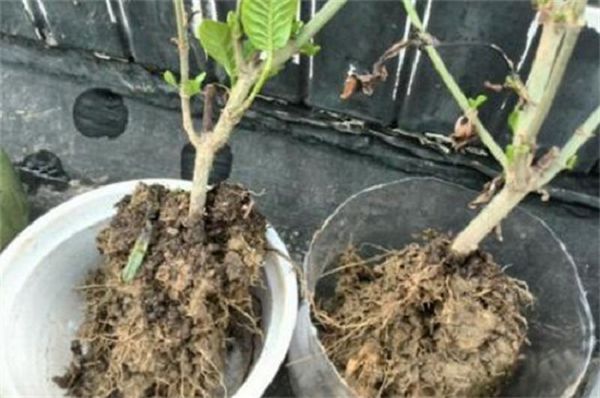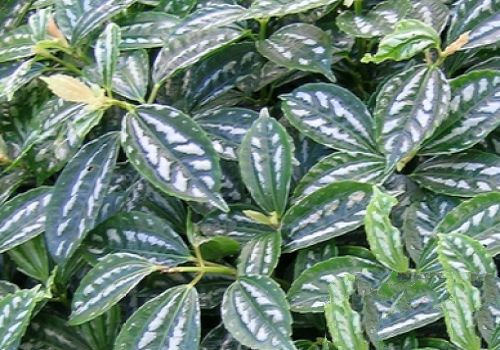Several key points of summer flower management
(1) strengthen the management of seeing yin and yang. In summer, there are many flowers that need shade, while others need to see the sun.
The plants that can see the sun but not the yin are: Jasmine, Magnolia, Milan, pomegranate, Fusang, sunflower, hundred-day grass, cockscomb, night incense, pine, cypress, plum, peach, rose, grape and Magnoliaceae.
The plants that see the light but do not see the sun are asparagus, magnolia, hanging orchid, camellia and succulent plants.
The plants that see yin but not yang are: Magnolia, rhododendron, orchid plants, foliage plants and so on.
(2) to master the characteristics and treat them differently. Due to the different ecological conditions and variety characteristics of the place of origin, all kinds of flowers have different responses to the summer heat in the cultivated areas, which must be analyzed and treated differently.
Bulb flowers native to warm and humid winter, cool summer areas, such as cyclamen, hanging bell begonia, etc., most afraid of Wuhan hot summer, temperature more than 30 ℃ often lead to fallen leaves dormancy, thus delaying flowering and fruiting, so must be placed in a cool and ventilated place, the leaves often spray water. If once heated and enter dormancy, it is necessary to control watering, wait for the temperature to cool new buds sprout, can gradually increase water and fertilizer. Among the cacti, the tall columnar, flaky stem node varieties can tolerate strong sunlight and high temperature to dry early, while spherical varieties and succulent plants need proper shade to grow well. All kinds of begonia basically stop growing in summer, but the herbal crabapple of the four seasons can still grow exuberantly in the light; plum, peach, wax plum, Milan and jasmine, which like the sun, can be moved to a place with plenty of sunshine in summer; in case of continuous rainfall, especially in the midday showers, it is appropriate to put potted flowers on the side to prevent stagnant water in the basin. Lily to shade ventilation; orchid, camellia, gentleman orchid, rhododendron, smile, etc., should be shaded, and need to improve the humidity in the air, chrysanthemum, rose, sweet-scented osmanthus, gardenia can be put in the open summer; summer dormant flowers such as cyclamen, hanging bell, calla lily, geranium, calamus orchid, etc., should be placed in a shady and ventilated place to avoid direct sunlight and control watering to prevent the soil from getting too wet and forbid fertilization.
(3) reasonable water supply. High temperature in summer, exuberant plant growth, large transpiration, need more water, general herbaceous potted flowers need more water, not dry pots; large woody flowers should control water supply; tropical wetland plants need more water; plants in arid desert areas need less water; large leaves, soft, smooth and hairless, need more water. The leaves are small, waxy, fluffy, leathery and require less water.
(4) timely pruning. In summer, due to high temperature, high humidity and strong light, plants grow vigorously, branches and leaves flourish and grow rapidly. if not restrained, strong branches stand, main roots grow excessively and produce less hairy roots, affecting flower buds, light ones have no flowers, and heavy ones die. Therefore, flowers in summer should be pruned at the right time. Pruning method:
① thinning branches: all kinds of withered branches, immediately cut off; branches and leaves are too dense and staggered, affecting sunlight exposure, air circulation, and diseases and insect pests are extremely easy to occur, should be cut off its weak branches, residual branches, so that branches and leaves do not touch each other, the sun can shine, so that the air circulation is comfortable.
② core extraction: when the new shoot is not lignified, remove its top, restrain the top growth, enrich the branches, and promote the flower and big fruit.
③ pruning: when spring branches are aging or growing, cut off some or all of the branches.
④ de-budding: sparse new buds to protect strong buds, in order to save nutrition consumption.
⑤ picking leaves: remove the over-dense useless leaves, hinder the leaves of flowers and fruits, affect the ornamental leaves, and so on.
Related
- What if the leaves of potted flowers turn yellow?
- Florescence Control of several Flowers
- Anti-freezing technology and post-freezing nursing technology of flowers
- What is the classification of flowers? What are the common methods of flower classification?
- Prevention and control of alkali and acid damage of flowers in courtyard
- Technology of Anti-freezing and restoring growth of Flower seedlings in greenhouse and greenhouse
- How does flower fertilization not hurt the root? Fertilization technology of flowers
- Key points of disinfection in flower greenhouse
- Several pesticides that are banned or used cautiously in flowers
- How to fertilize the flowers that watch the leaves?



